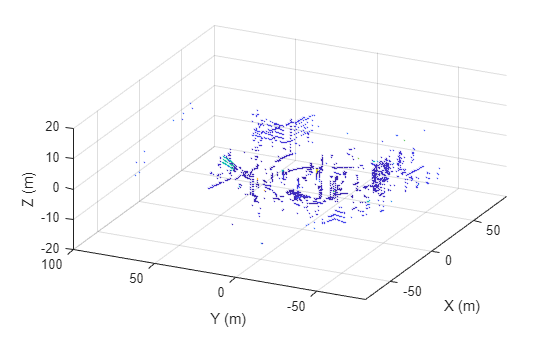play
Description
play(
specifies options using one or more name-value arguments. For example,
lidarData,Name=Value)WaitTime=0.5 plays the point clouds with a 0.5 second delay between
point clouds.
axesHandle = play(___)Axes object using any combination of
input arguments from previous syntaxes.
Note
This function requires the Scenario Builder for Automated Driving Toolbox™ support package. You can install the Scenario Builder for Automated Driving Toolbox support package from the Add-On Explorer. For more information about installing add-ons, see Get and Manage Add-Ons.
Examples
Input Arguments
Name-Value Arguments
Output Arguments
Version History
Introduced in R2024b
See Also
GPSData | Trajectory | CameraData | LidarData | recordedSensorData
